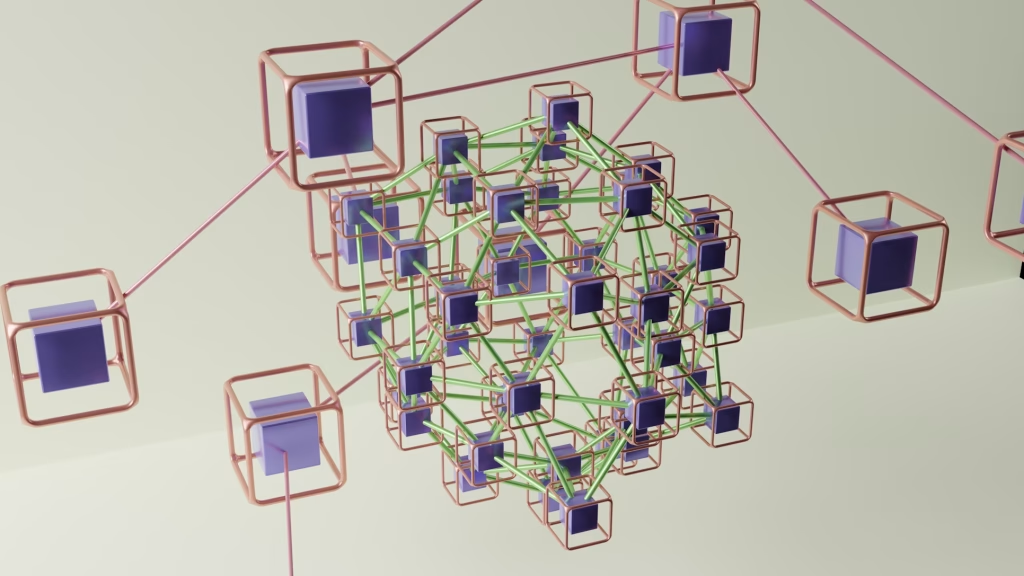You open your favorite streaming app, expecting something familiar and suddenly you’re hooked on a series you never knew existed. Or you discover a new genre of music that feels just right. While it seems serendipitous, there’s a hidden hand at play: algorithms. These recommendation systems learn from your habits, preferences, and interactions, then quietly nudge your choices. Understanding this influence is vital, not just for tech curiosity, but for staying in control of your own cultural identity.
1. Algorithms at a Glance: How They Work
1.1 What’s Behind the Recommendation Curtain?
Modern platforms use a mix of:
- Collaborative filtering: comparing your choices to those of similar users
- Content-based filtering: matching item features you’ve liked before
- Hybrid systems: combining both methods for refined suggestions
1.2 How TikTok and Netflix Learn You
TikTok tracks your micro-actions: how long you watch, what you skip, and even when you swipe away . Netflix, on the other hand, runs hundreds of A/B tests daily—offering thumbnails and options tailored to your viewing habits .

2. The Emotional and Cultural Impact
2.1 Your Taste, But Not Quite
Research shows algorithms can create taste “echo chambers”, reinforcing what you’re already into and filtering out dissenting voices. While this builds comfort zones, it can limit exploration.
2.2 Creativity Under Influence
Music platforms don’t just reflect taste—they shape it. Artists often study algorithmic patterns to make songs that fit curated playlists, influencing what gets created and heard.

3. Signs You’re Living in a Filter Bubble
Know the Warning Flags
- You rarely discover new genres or styles
- Recommendations always feel safe, but never surprising
- You hear the same songs, suggestions, or creators over and over
The Feedback Loop
Algorithms reinforce what you choose, reducing diversity in your feed. Over time, you might lose touch with broader cultural shifts .
4. Algorithms as Helpers—Not Masters
The Upside
- Personalized discovery reduces decision fatigue
- They introduce convenience—like Netflix auto-playing the next episode
The Downside
- Homogenization: mainstream content dominates
- Agency loss: users feel manipulated by unseen forces

5. Staying in Charge of What You Watch
5.1 Actively Diversify
- Use “Discover” or “Explore” tabs to break from the norm
- Random searches: seek content outside your usual preferences
5.2 Reset or Revolt
- Delete watch/listen history occasionally
- Use incognito mode or fresh accounts to start anew
5.3 Adjust Settings
- Many apps allow you to opt out of personalization
- Provide negative feedback like “not interested” to guide the algorithm
6. Shared Choices: The Social Dimension
Algorithms are even shaping what we watch in groups.
- Netflix group profiles and Spotify collaborative playlists nudge group norms
- Shared choices can introduce diversity, if you mix tastes consciously

7. What’s Next? Regulation & Transparency
- Governments are calling for studies on algorithm impact on music and culture
- Ethical frameworks like the EU’s AI Act push for fairness in recommendation systems
8. Takeaway: Algorithms Shape, But You Decide
| Aspect | Algorithm Effect | Your Power Move |
| Variety | May narrow choices | Intentionally diversify your feed |
| Creativity | Influences what trends (and what’s made) | Support niche, independent creators |
| Self-awareness | Can cause algorithmic anxiety | Stay mindful—remember your own preferences |
| Control | Often hidden, complex systems | Use tools, reset history, challenge suggestions |
Final Thoughts
Algorithms are guides—not dictators. They help us manage endless choices, but relying on them too heavily risks dulling our cultural edge. A healthy digital diet blends algorithmic suggestions with deliberate curiosity. Keep exploring, reset often, and let you lead your entertainment journey, not the code.
